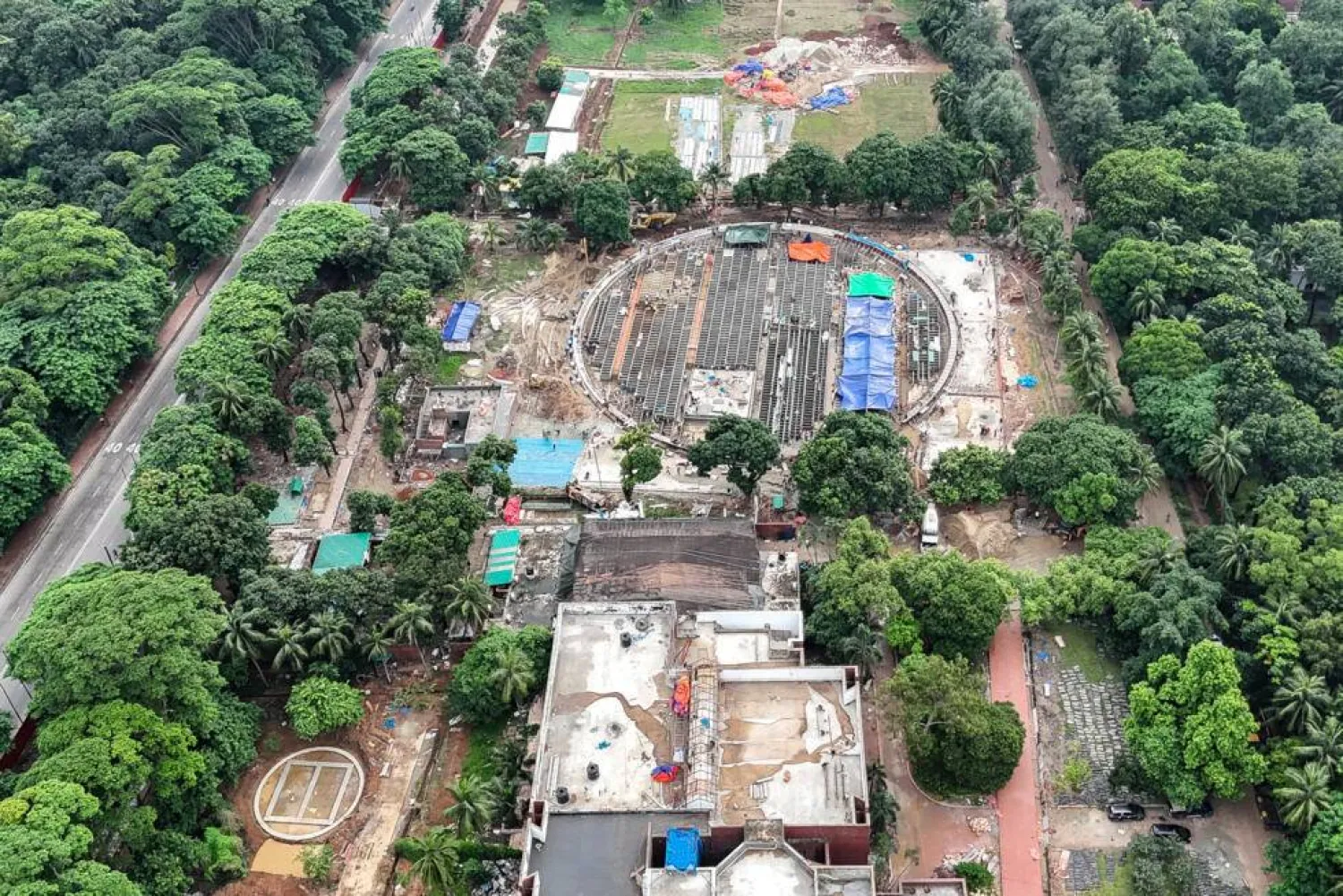Saudi Arabia still reverberates with the warnings issued in the early 1990s by a prominent figure of the Sahwa movement against the risks posed by satellite dishes, known locally as “dish.”
Ghazi al-Qusaibi, the late Saudi minister and intellectual, fiercely opposed them, viewing them as a significant threat.
These lectures, promoted by leaders of the Sahwa movement, cautioned about the dangers of satellite dishes and resulted in a religious decree declaring them forbidden.
The fatwa explicitly prohibited the ownership, promotion, sale, or purchase of these satellite dishes, condemning such actions as complicity in sin and aggression.
The fatwa caused social rifts among Saudi families. Some decrees even made selling property to anyone intending to install a satellite dish forbidden. There are also reports of people having used air rifles to shoot down satellites mounted on rooftops.
In Riyadh’s Sulaimaniyah district, a street intersecting with Prince Mohammed bin Abdulaziz Street, known as “Tahlia Street,” has been dubbed “Devil’s Street” due to its satellite dish retailers. This has driven some to buy and watch satellite TV channels in secret.
After three decades of societal debates around satellite dishes, they have now been added to a list of 19 violations that can block the issuance of a “Building Compliance Certificate.”
This is especially the case if they are mounted on balconies or cover the entire front of buildings facing commercial streets.
The requirement to remove satellite dishes from balconies and commercial building facades aims to improve the visual appeal of buildings and streets.
The Certificate proves that buildings meet minimum standards for visual aesthetics and municipal building regulations.
This has led the Eastern Region Municipality to incentivize residents to remove satellite dishes in exchange for free channel subscriptions in partnership with Saudi Telecom Company (STC).
The initiative is aimed at addressing visual clutter.
In the early 1990s, satellite dishes began appearing in Saudi Arabia, although the exact starting point isn’t officially documented. Their spread sparked mixed reactions: some welcomed them, paying hefty sums to access international and Arab satellite channels, while others opposed them for various reasons, including religious concerns.
Before satellite dishes, Saudis relied solely on government-run terrestrial TV channels from around mid-1965. The shift to satellite broadcasting in the early 1990s, unofficially starting with CNN’s coverage during the Gulf War in 1990, opened doors to a wide array of Arab and international channels.
Accessing these required installing satellite dishes, transforming Saudi viewership by offering unlimited content for those with a receiver and dish.
Nowadays, however, digital alternatives have diminished the demand for satellite dishes.
Faisal, 42, from Saudi Arabia’s Eastern region told Asharq Al-Awsat: “I got rid of my satellite dish and receiver six years ago when digital options became more dynamic.”
“I now happily subscribe to online movie streaming services, as many channels I used to watch via satellite now offer content online (...). Honestly, I can't imagine wasting time channel surfing with a remote anymore,” he explained.
Abdul Khaliq, 50, an architect from Jeddah west of Saudi Arabia, highlighted that as the need for satellite dishes wanes and reliable internet broadcasting becomes available, efforts should focus on “removing satellite dishes and the clutter of wiring on building walls, villas, and balconies, which detract from urban aesthetics.”
He emphasized the importance of municipal strategies to maintain city cleanliness and enhance public appearance, aligning with architectural and engineering advancements in the country.
“This should also aim to reduce environmental pollution and raise awareness among the community about protecting and preserving the environment from all forms of pollution and degradation,” stressed Abdul Khaliq.
Saudi ‘Satellite’ Shift: From ‘Devil’s Street’ to Visual Clutter

N/A

Saudi ‘Satellite’ Shift: From ‘Devil’s Street’ to Visual Clutter

N/A
لم تشترك بعد
انشئ حساباً خاصاً بك لتحصل على أخبار مخصصة لك ولتتمتع بخاصية حفظ المقالات وتتلقى نشراتنا البريدية المتنوعة





